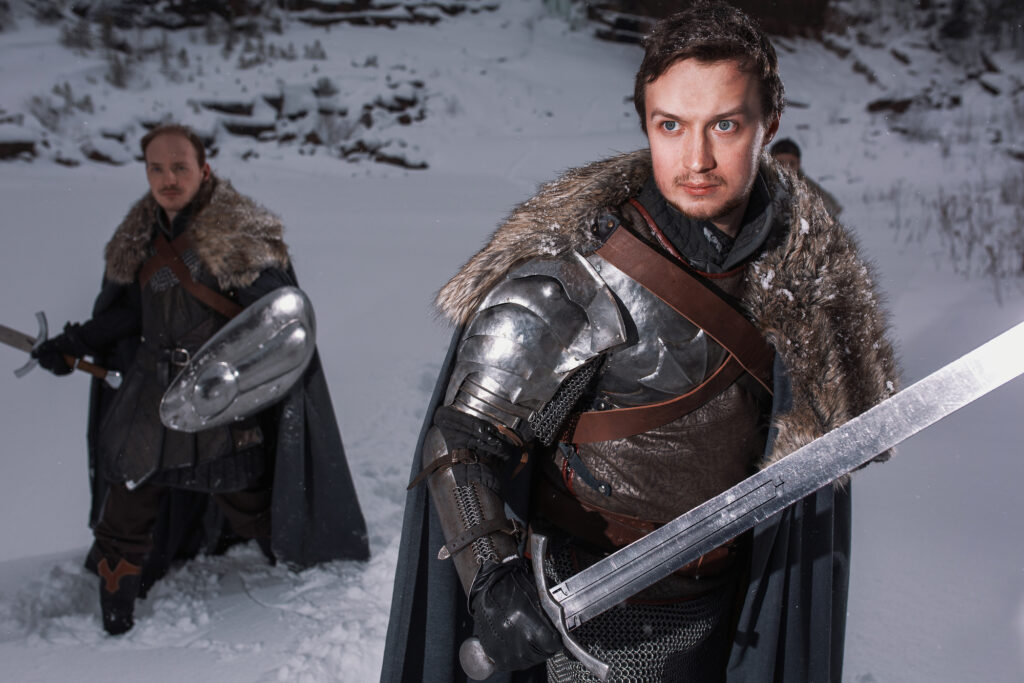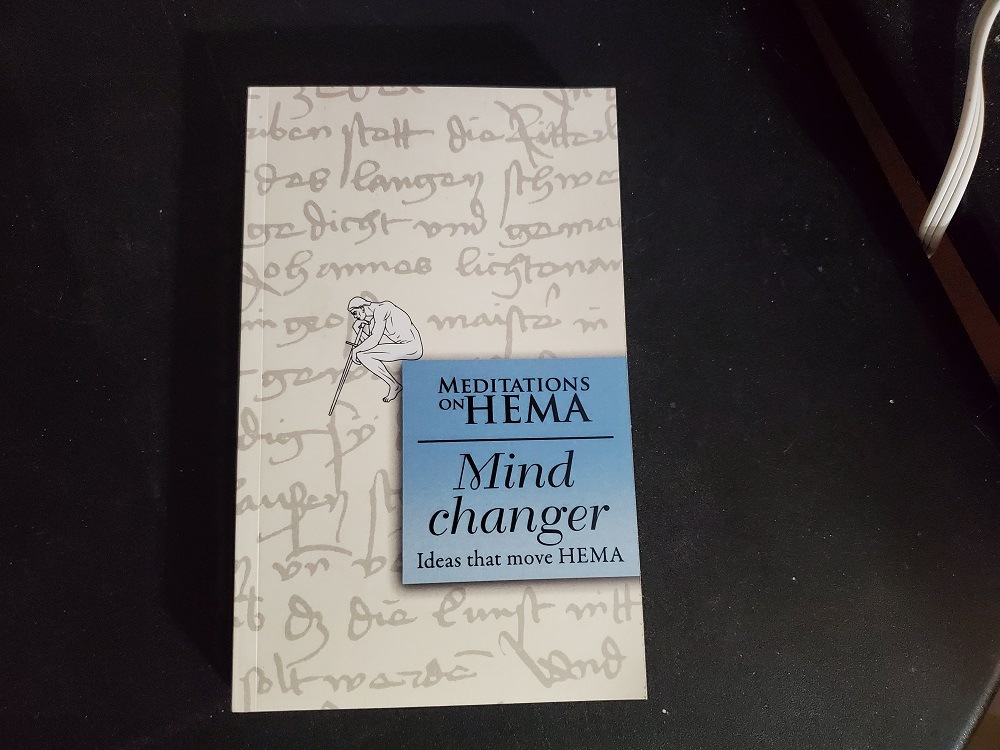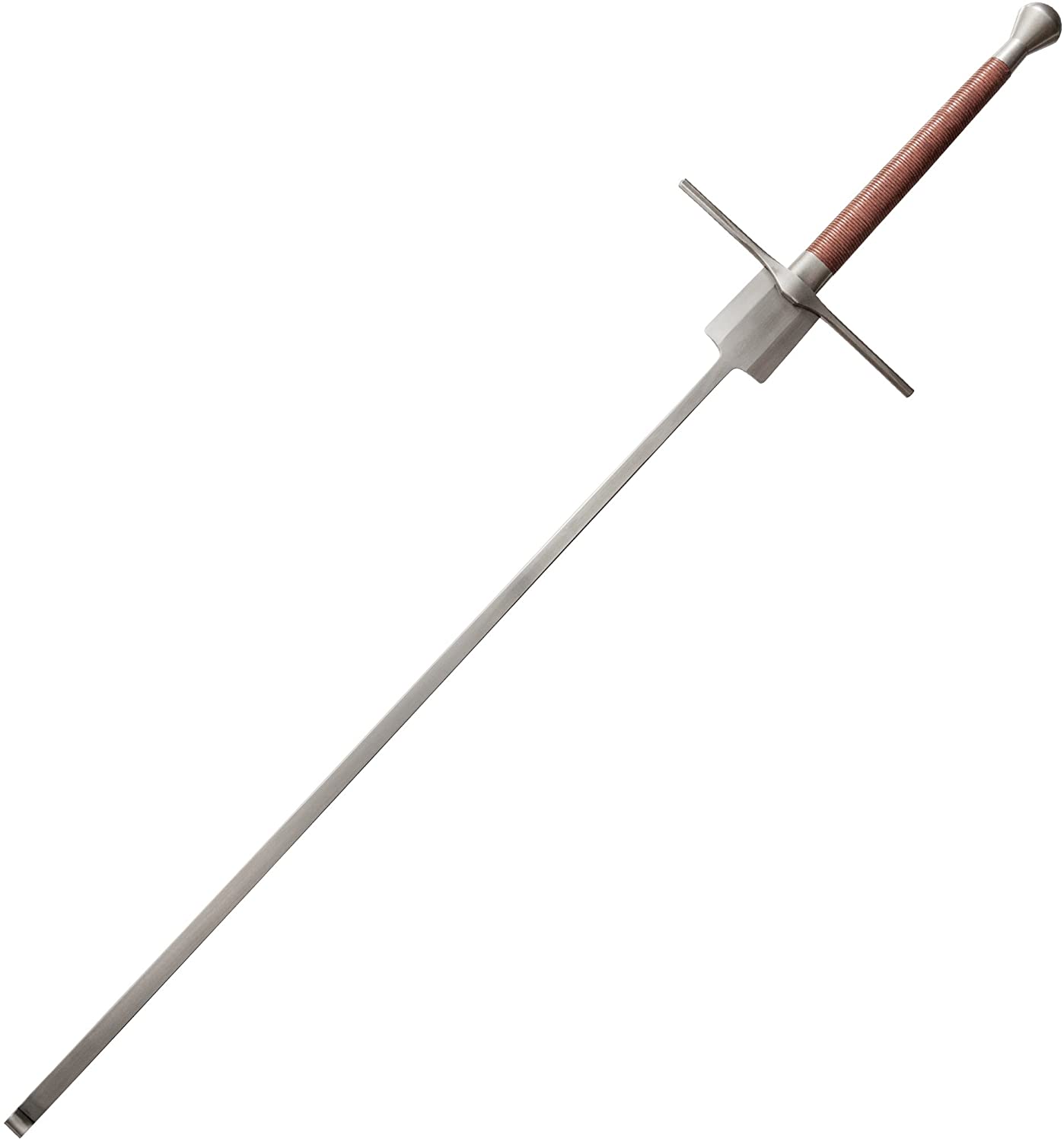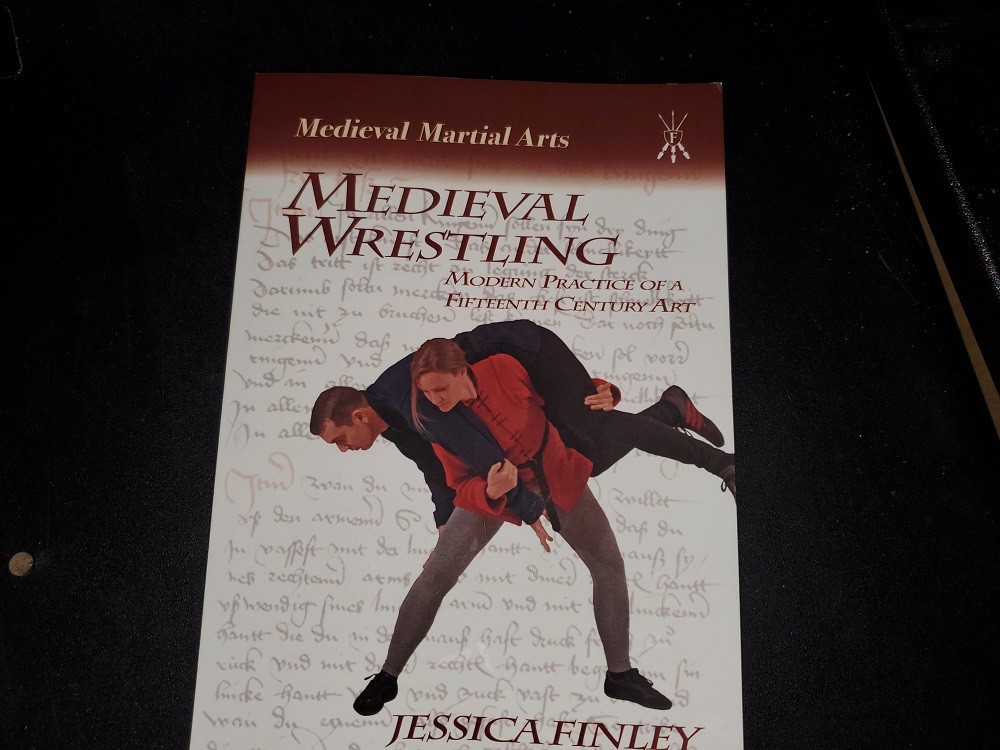How realistic are the sword fights depicted in Game of Thrones from a historical European martial arts (HEMA) perspective?
George R.R. Martin’s drastic historical fantasy series A Song of Ice and Fire brings beloved characters and intense drama to life in the immensely popular HBO hit TV series Game of Thrones. The show began airing on HBO in 2011 and continued on for 8 seasons until the grand finale in 2019. The show continued to swell in popularity around the world as it aired, and quickly became of the most-watched shows of the decade, despite its often controversial content. As it gained popularity around the world, the series Game of Thrones delighted and enchanted viewers with its complex combination of numerous different genres.
Does Game of Thrones Have Realistic Sword Fights?
With dramatic moments that had viewers on the edge of their seats, gory bloodshed, plentiful fight scenes, and not-so-family-friendly romance, Game of Thrones truly boasts something for every watcher! No matter your interests, you will definitely find something you can relate to within the eight seasons of this masterpiece. Though Daenerys’ dragon and Melisandre’s fire magic rituals have certainly earned the series a sure spot in the fantasy genre, it is widely known that a lot of research on historical and medieval periods also went into George R.R. Martin’s works. Many of the ideas for George R.R. Martin’s popular works came from stereotypes of the classic and much-loved genre of medieval.
The book series The Song of Ice and Fire draws on a classic setting of a medieval world boasting armies, sword fights, kingdoms, royals, nobles, and more- and uses these stereotypical aspects of the genre to create an entirely new fantasy universe. All those familiar with stories based on medieval history can see the similarities shown in Game of Thrones. From royal princes and princesses, warring kingdoms, noble housing fighting for the throne, and the power of each sword fight all mirror our own history. Though dragons and White Walkers are a bonus addition and they certainly don’t play a role in standard history textbooks, other aspects of the series do try to stay true to medieval history in some capacities.
So that makes people wonder if the sword fighting is realistic?
The sword fighting highlighted in the TV series is one of the best aspects of the shows in terms of entertainment value. Many episodes have some exciting to watch sword fighting- ranging from the epic Battle of the Bastards to Ary’s studies with her teacher Syrio Forel in King’s Landing. The Game of Thrones sword fights are some of the most exciting to watch in this genre, and they are extraordinary examples of swordplay. Many types can be seen- with battles on horseback to plundering villages.
However, they are not historically accurate in many cases. Several historical fencers have made great videos exploring this topic in great detail, such as this one by the KnightSquire channel, and we recommend watching it for a crash course in some of these differences.
To explore this topic in further detail we’re going to look at some of the best sword fighting scenes highlighting some of the medieval sword fighting in Game of Thrones. We’ll then talk briefly about how realistic they are.
Arthur Dayne vs. Ned Stark
The magnificent one-on-one battle between Ser Arthur Dayne and Ned Stark had watchers waiting on the edge of their seats, and is without a doubt in line for the title of the best sword fight in the show. A knight of incredible honor, Ser Arthur Dayne received the title of “Sword of the Morning” due to his talents with the blade. It can be said that his foil is Ned Stark of the Northern House Stark, and the two lock blades in a battle over honor.
Every detail of the battle choreography was performed beautifully and with immense precision. As the shining blades of two talented fighters strike and flash at each other, viewers can’t help but hold their breath. Battles such as these over questions of honor would have been true to historical records. In order to achieve status as a knight, it would have been required to swear oaths of honor and loyalty. As was the case for Ned and Arthur, their battle was over loyalty at the core of the issue.
Concluding with a rather unexpected ending, this finely crafted moment of swordplay is exemplary in the series. It is obvious to viewers that both extensive training and research was used in order to created this epic fight between two of the most honorable characters in Game of Thrones.
However, is this amazing sword fighting historically accurate in terms of the techniques used? As HEMA expert Matt Easton explains much better than we can with words alone, it really is not.
Jon Snow vs. Karl Tanner
In just one of Season 4’s many epic fight scenes, Jon Snow and Karl Tanner have a Night’s Watchmen showdown inside a tight and cramped cabin. Using his two daggers, Karl Tanner outmaneuvers Jon Snow and puts him in a difficult spot. Karl combines his dual-wielding abilities with his flexibility to outmaneuver Jon, who is slower and restricted as he wields the heavy blade Longclaw and can’t match Karl’s speed in the small space.
Caught in this unusual setting for a battle, the scene offers a different take from the numerous other outdoor battles in the series. However, is this fighting style true to depictions of medieval sword fighting, despite not being commonly shown?
The answer is, not really.
A large sword like a long sword gripped in two hands can easily overpower a dagger held in one hand if used the way Karl Tanner uses them. So the idea Karl Tanner uses one hand to easily bat away Jon Snow’s blade is not very realistic.
There are however some plays depicted in manuals, such as the Fiore dei Liberi’s Flower of Battle, that depict using a dagger to defend against a sword. These plays however require having a free hand open to engage in grappling to counter the swordsman attacking you. Here is a video of what more realistic dagger vs sword fighting looks like in action. Please note the sword often has a big advantage in these matches, and sometimes the dagger wielder is overpowered very quickly. This is what realistic fighting with these weapons is like.
Qhorin Halfhand vs. Jon Snow
Caught in a terrible situation far beyond the safety of the wall, elite Night’s Watchman Qhorin Halfhand and Jon Snow find themselves battling for their lives amongst the wildlings. Captured and desperate, Qhorin teases Jon into a staged battle that he deliberately instigates and loses.
Fighting in a ring of hostile onlookers, Jon and Qhorin clash blades. The harsh tundra surrounds as they grapple with both each other and footwork on the snowy rocks. Although many medieval battles are depicted in grassy fields and more ideal conditions, it is true that there were circumstances that called for sword fighting in less ideal situations, such as the circumstances that Jon and Qhorin find themselves in.
The two Night’s Watchmen battle for their lives as they keep in mind the peril of their situation and their aggressive audience. Both the natural landscape and their onlookers are rooting against them. Engaging in a circle of onlookers with only the weapons and materials they are carrying, they struggle to survive.
Both Night’s Watchmen are wearing heavy furs and cloaks- necessary to survive the bitterly cold climate of the terrain of the north. As their frozen sword clash and ring due to the low temperature of their snowy environment, they fight in a scene depicting poor conditions.
But is it realistic? Jon Snow has a long sword and Qhorin is holding a shorter more exotic looking blade, something similar to a dussack or messer. Although Qhorin holds the sword with two hands this kind of blade is intended to be used one handed, and a match between two fighters using these different weapons would look more realistically like in the following video,
Brianne Vs Arya Stark Fight
This was a widely anticipated battle by fans, and HEMA expert Matt Easton has a great video breaking down how realistic this battle is from a historical fencing perspective.
What about Longclaw, John Snow’s Sword: Is it realistic?
Inside the books and the show, the sword ‘Longclaw’ was rewarded to Jon Snow in thanks for saving a life. Longclaw was crafted from a substance known as ‘Valeryian Steel’, and was capable of destroying the undead White Walkers like the rare dragon glass daggers do. A powerful and rare blade, Jon Snow relies on Longclaw to survive numerous encounters with death. The sword becomes a part of Jon Snow’s character as he goes on his turbulent journey.
Unfortunately, there is no such thing as ‘Valeryian Steel’ existing in our world. Medieval swords would have been made of steel but it would not have been the unbreakable magical metal as shown in the series. Real steel is made from combining carbon and iron, steel is a tough substance capable of handling the rough moments on a battlefield. John Snow’s sword had the power to kill White Walkers, but unfortunately, most medieval swords would not have this ability. However, they would certainly be capable of killing opponents on the battlefield although no steel sword would have been able to slice through plate armor or anything as often depicted by magical swords in these kinds of films and TV shows. Instead real sword fighting on a battlefield against a well armored opponent involved thrusting the point into the weak areas of armor, such as gaps in visors to the face, under the armpits and so on. A fighter would also engage in what is called half-swording techniques in order to fight other opponents in armor, instead of swinging the sword around in a two handed grip as is usually depicted in films and TV shows.
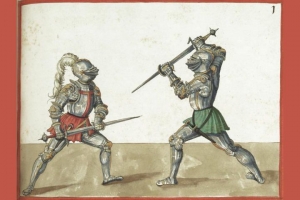
So how realistic are the Game of Thrones sword fights?
Our history books don’t depict realistic scenes of fighting from dragon back or battling with dragon glass against White Walker zombies, so all of this stuff is obviously fictional. But even the swordplay in Game of Thrones does not have much in common with traditional medieval martial arts usage of swords. The TV show largely uses stage combat fighting that is inspired by, but not intended to be an authentic reconstruction of historical sword techniques.
But that is no reason why you cannot enjoy or be inspired by Game of Thrones as a motivator to get into real historical based sword fighting. Perhaps as more people become aware of historical based sword fighting techniques we will see more realistic depictions of sword fighting make their way into future TV shows and movies. We’d like to think that will be the case.
****
If you’d like to learn more information about historical fencing practices please check out our Learn HEMA page for a guide to learning about the historical weapon that interests you. You can also find more guides we’ve written about other topics at our Helpful Guides page.
